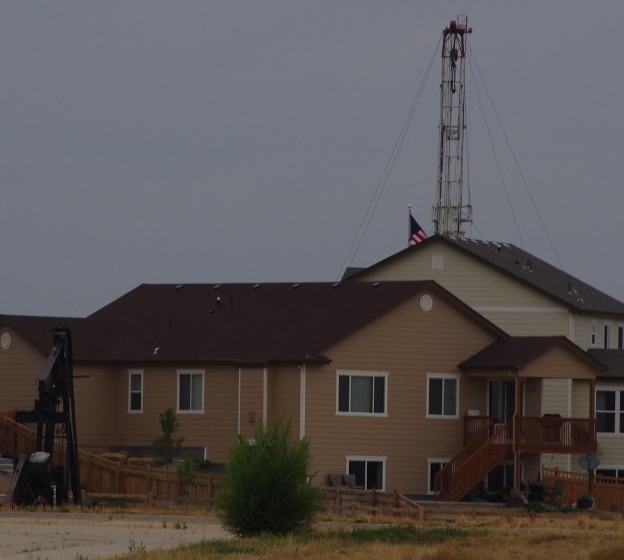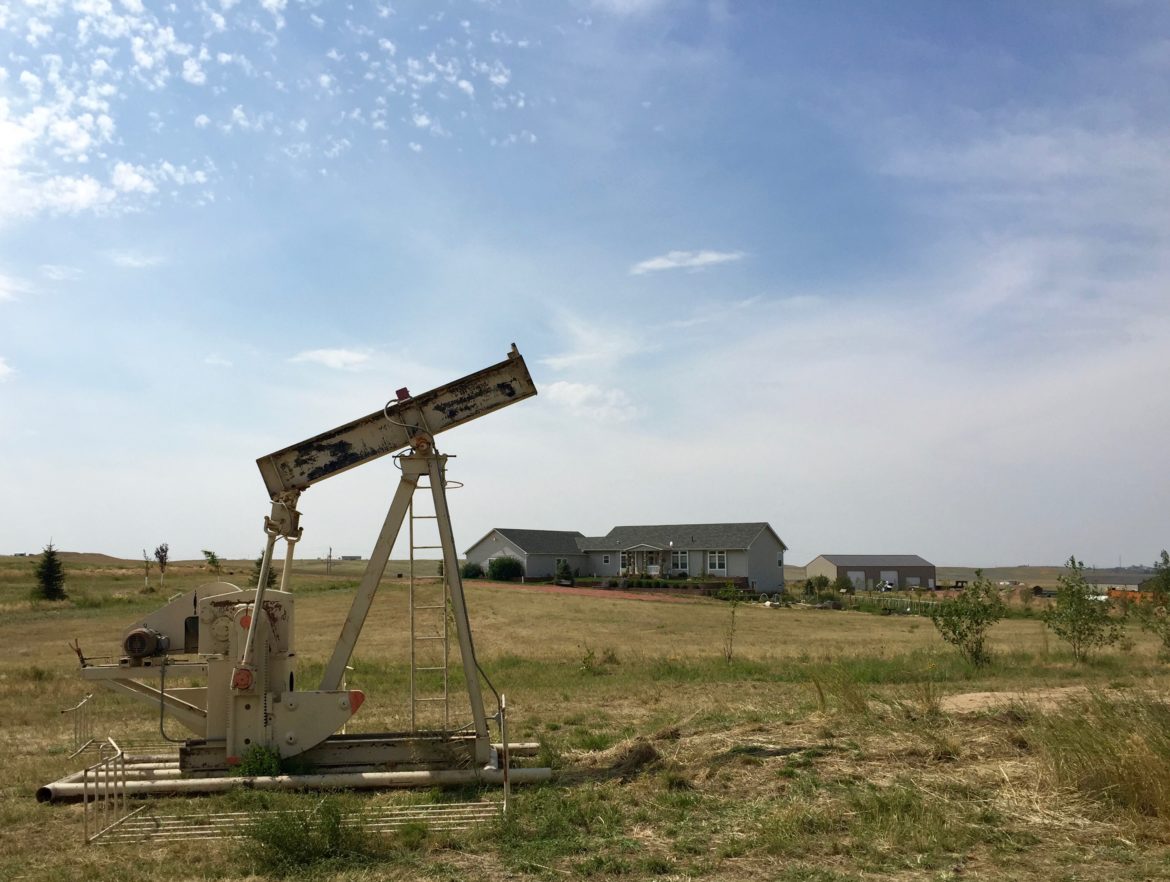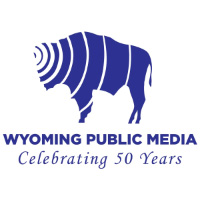Here’s a simple recipe for ozone: mix hydrocarbon and nitrogen oxide chemical compounds in the air, and add sunlight.
“The sun comes out and cooks this mixture and the outcome of that is ozone,” said Steve Brown, an atmospheric scientist at the National Oceanic and Atmospheric Administration Earth System Research Laboratory in Boulder.
Ozone is a problem Colorado has had for a long time. The state has been out of compliance with federal ozone limits for nearly a decade. To make matters worse – and this is a politically charged topic – that federal ozone limit was lowered last year, which could put Colorado even more out of compliance.
In western Wyoming, the area around Pinedale is also out of compliance with federal ozone standards, a problem clearly linked to nearby oil and gas development.
In high enough levels, that ozone has serious health implications.
Researchers nationwide are starting to take a closer look at how air emissions from oil and gas development affect public health. One worrying kind of pollution is ozone, which can harm people and the environment. Children with asthma are especially vulnerable.

Anna Boiko-Weyrauch
Eight-year-old Arianna Sanchez suffers from asthma, a condition that can be worsened by exposure to ozone.
On a recent fall evening in Aurora, Colo., eight-year-old Arianna Sanchez waited for her brother to finish football practice, and attempted the monkey bars. Arianna has asthma but hasn’t had a serious attack for two years.
“She knows how to control her breathing,” said her mother, Darleen Sanchez. “At least she makes me believe she’s controlling it. She’s learning what her limits are.”
“When I’m at recess, I get kind of wheezy,” Arianna Sanchez said, taking a deep breath. “Sometimes I just like take a breath and then I feel better.”
Active outdoor kids are most at risk of ozone exposure.
Ozone has a toxic effect on the body, said pediatric asthma specialist at National Jewish Health in Denver, Dr. Nathan Rabinovitch.
“There are some cells in the lungs which may die because of the toxicity of ozone,” he said.
Numerous studies show an association between days with high ozone and a high number of children hospitalized for asthma attacks, he said. But finding the causes of that ozone is tricky, said Dr. Rabinovitch, because so many different factors go into creating it.
“It’s not a straight line, but I think that we have to be cognizant of all sources of air pollution.”

Stephanie Joyce
A pump jack sits in front of a house in northern Colorado. An drilling rig sits behind it.
Some researchers are starting to draw a straight line between ozone and oil and gas development. In a study published in September in the Journal of the American Medical Association, researchers in Pennsylvania found that exposure to oil and gas air pollution was associated with exacerbated asthma attacks. It was the first scientific study of its kind.
Another report this summer linked asthma attacks and oil and gas development. It was written by an environmental advocacy coalition, the Clean Air Task Force, and said tens of thousands of childhood asthma attacks here in the future would be caused by oil and gas development. The report was not peer-reviewed. The oil and gas industry in Colorado rejected the study, claiming the numbers used in the analysis were out of date and didn’t account for new regulations. The Clean Air Task Force in turn refuted that criticism, saying their report included “careful, conservative research that in many ways underestimates the impacts from oil and gas.”
Another recent study was the first to quantify the contribution of the oil and gas industry on the amount of ozone on Colorado’s Front Range.
“Oil and gas contributed seventeen percent to ozone production locally,” said Erin McDuffie, who is a scientist at the Cooperative Institute for Research in Environmental Sciences at the University of Colorado Boulder.
McDuffie worked in the NOAA Earth System Research Laboratory to conduct the research and published her results this August in the Journal of Geophysical Research. That 17 percent was new ozone from oil and gas production on your average summer day in Colorado.
NOAA researcher Steve Brown was McDuffie’s advisor on the research. He explains that ozone on the Front Range comes from two main sources: nitrogen oxides that are created by cars, trucks, and industry, for example, and volatile organic compounds, or hydrocarbons that leak from oil and gas extraction.
“What the oil and gas industry is doing is extracting those compounds from underground and some of those hydrocarbons get out in that process and they get into ambient air,” Brown said.
There’s another big contributor to ozone levels on the Front Range, something known as background ozone. It hangs around at the end of the day or is carried in from other places.
So each day’s new contribution to ozone – 17 percent of which comes from oil and gas – is significant.
That’s something the oil and gas industry wants you to keep in mind, too.
Matthew Dempsey is the spokesperson for the Center for Regulatory Solutions, an advocacy arm of the Small Business and Entrepreneurship Council. The Center advocates against “excessive regulation” and especially the EPA’s ozone regulations.
“Because we have such a high level of background ozone, any other kind of ozone concern is going to be significant,” Dempsey said. “But overall, the oil and gas sector is a very small piece of the puzzle.”
But a piece of the puzzle that is essential to understand, for parents like Darleen Sanchez. Darleen always keeps an asthma inhaler close by when her daughter is playing outside. Sanchez says more information is always helpful.
“It’s good to know, as a parent, anything that could possibly trigger her,” she said.
Sanchez may have more answers soon. Scientists from NASA, NOAA, Colorado State University and the Colorado Department of Public Health and the Environment are also doing research to try and draw more conclusions about how energy production in Colorado affects the air we breathe.
Editor’s Note: This post has been updated to include the Clean Air Task Force’s defense of its study.
What’s Next:
- Check out our past coverage of oil and gas and public health.
- Oil and gas wastewater is also connected to ozone, as we reported with InsideClimateNews.
- The EPA has released a draft study of the impact of hydraulic fracturing on drinking water supplies. The final report is due out before the end of this year.








